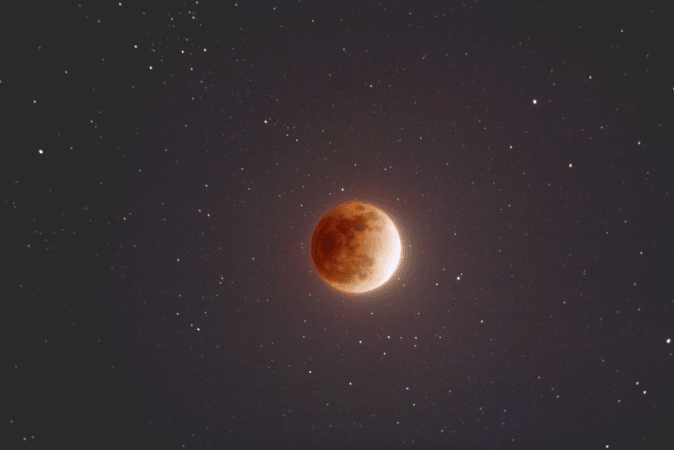
Three celestial events are going to combine and create a super blue blood moon on Wednesday, January 31.
All the sky gazers can treat their eyes with this astronomical event by watching its live coverage on NASA's website, which will begin at 5:30 am EST (4 pm IST).
ALSO READ: Mysterious black square-shaped anomaly spotted in New Jersey
What makes this event rare and special is that one can see a supermoon, a blue moon and a lunar eclipse at the same time.
This celestial event takes place when the moon slides behind Earth's shadow while a lunar eclipse is taking place. When lunar eclipse takes place, the Earth comes between the Sun and the Moon and give the moon a reddish tint, which is why this celestial is called 'blood moon' or 'copper moon'.
"Weather permitting, the West Coast, Alaska and Hawaii will have a spectacular view of totality from start to finish," said Gordon Johnston, program executive and lunar blogger at NASA Headquarters in Washington.
ALSO READ: Mysterious 15th-century Voynich manuscript decoded using Artificial Intelligence
"Unfortunately, eclipse viewing will be more challenging in the Eastern time zone. The eclipse begins at 5:51 AM ET, as the Moon is about to set in the western sky, and the sky is getting lighter in the east," Johnston added.
The moon will be entering the outer part of Earth's shadow at 5:51 am ET.
The moon will be blanketed by a reddish tint when the darker part of Earth's shadow will cover it at 6:48 am EST (5:18 PM IST). The moon will set less than half an hour later.
ALSO READ: Ladies! Do you suffer from pain during sex? It could be 'Vaginismus'
If the skies remain clear, the best view of totality will be observed by people in the US, West Coast, Alaska and Hawaii from the starting till it ends.
For the eastern US and Canada, a clear view will be limited as the Moon sets and the Sun rises during the early stages of the eclipse, PR Newswire stated.
"So, your best opportunity if you live in the East is to head outside about 6:45 a.m. and get to a high place to watch the start of the eclipse—make sure you have a clear line of sight to the horizon in the west-northwest, opposite from where the Sun will rise," said Johnston.
If you live in Australia, Alaska, California, California, western Canada, Hawaii and eastern Asia, you can watch the full lunar eclipse. People in India can treat their eyes with the stunning celestial event too if the weather allows them to. You can watch it live right here.















